Though handfastings are commonly believed to be ancient—and recently revived—pagan ceremonies, they were originally Christian betrothal rituals. The story of their origins takes us back to Elizabethan England, and to a little known episode in the life of history’s greatest playwright.
An Elizabethan wedding ceremony (feat. Shakespeare)
In May 1612, William Shakespeare was called as a witness at the Court in Westminster, in a minor lawsuit regarding some promised but unpaid dowry. Miraculously, his signed deposition has survived to this day: it is the only document that has recorded his actual spoken words for posterity.
From them and those of other witnesses, we learn that eight years before—probably sometime in October 1604—Shakespeare had persuaded a certain Stephen Bellott to wed Marie Mountjoy, and then oversaw the couple’s engagement, which consisted of the two “giving each other’s hand to the hand.”
This phrase, notes biographer Charles Nicholl, has a precise significance. It suggests that Shakespeare was more than just a mere go-between, and that he formally betrothed the young couple, performing a humble marriage ceremony known to the Elizabethans as “troth-plight”—or “handfasting.”
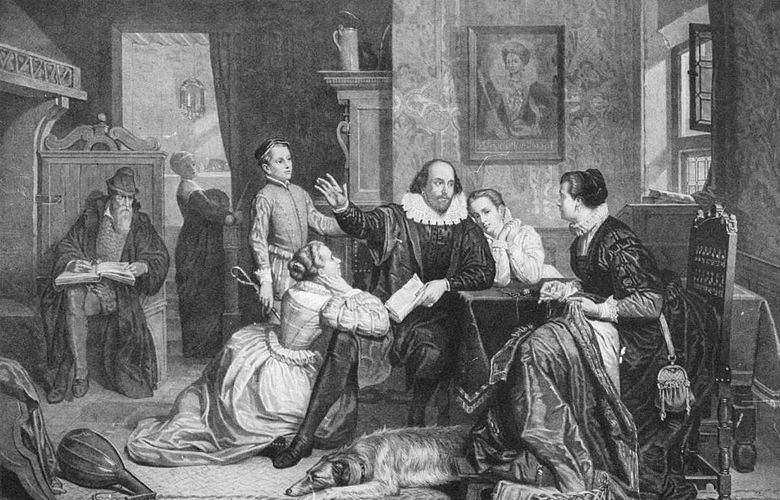
Handfasting: a muddled history
The word “handfasting” comes from the Old Norse handfesta which can be descriptively translated as “to strike a bargain by firmly shaking hands.” Before the Catholic Church made clandestine marriages all but illegal in 1215, it was basically just another term for “handshake,” or rather, “a contract by handshake.” Afterward, however—as medieval historian Sharon L. Krossa has expertly argued—it acquired at least three distinct meanings, which roughly correspond to three great eras of “handfasting.”
12th-17th century: a legally-binding marriage ceremony
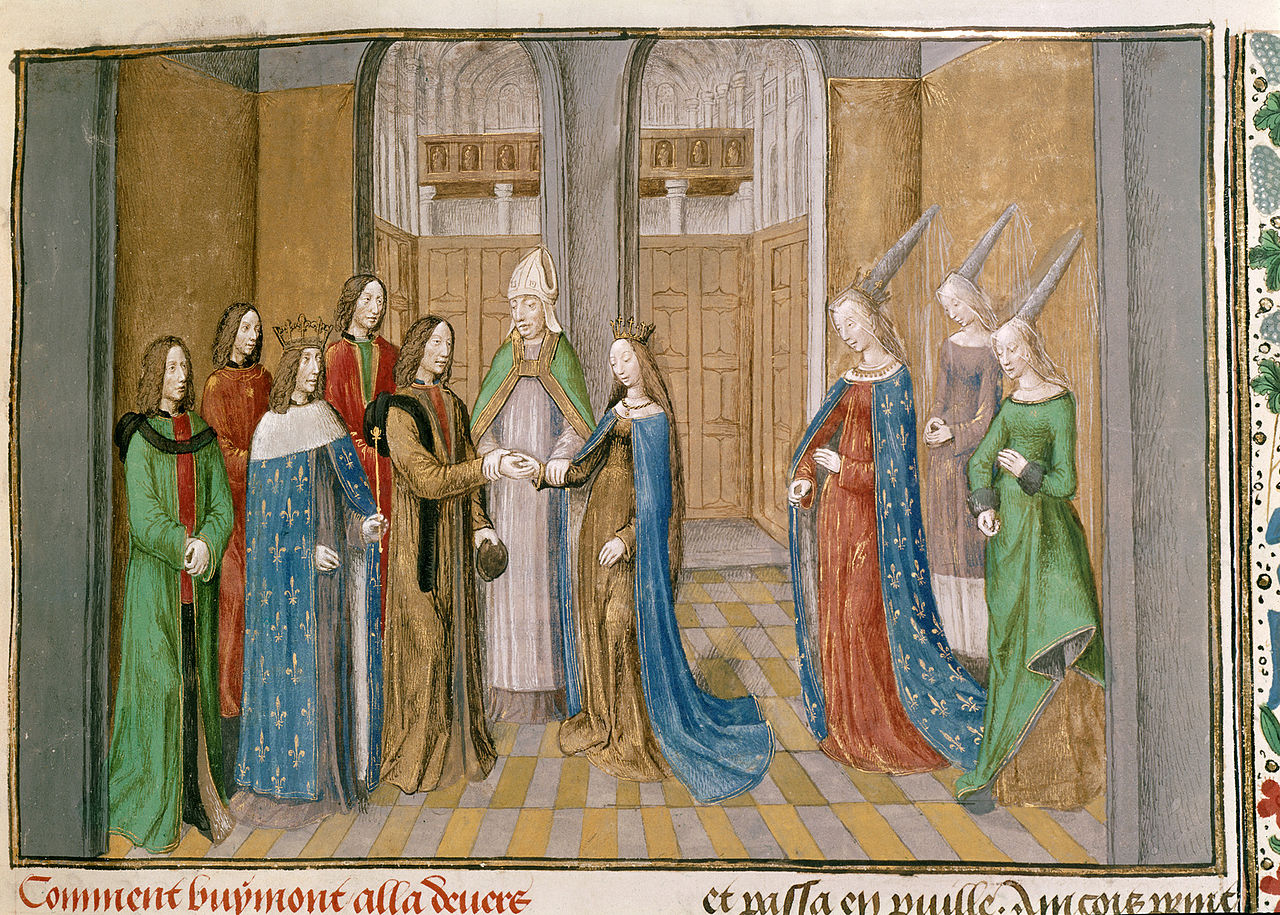
At the time of Shakespeare, “handfasting” meant one of two things: either a formal betrothal or a humble wedding ceremony.
In the first case, the practice was legally referred to as sponsalia per verba de futuro (or, “betrothal by words in the future”). Couples shook hands and exchanged consents in the future tense (e.g., “I will take you to be my wife”), promising to wed each other at a later date. Roughly the equivalent of a modern engagement, this promise could be broken off by either party at any time, unless sexual intercourse had occurred beforehand, in which event the handfasting was automatically converted into de iure marriage.
Sponsalia per verba de praesenti (or, “betrothal by words in the present”) was just that—de iure marriage. If two people had exchanged their consents in the present tense (“I take you to be my wife”), an irrevocable bond was established between them, and this bond was recognized by both church and civil law. Many couples followed upon this act with a proper, church wedding ceremony, but legally speaking, it was redundant. For all intents and purposes, handfasting de praesenti was a medieval form of civil union.
17th-20th century: a trial wedding
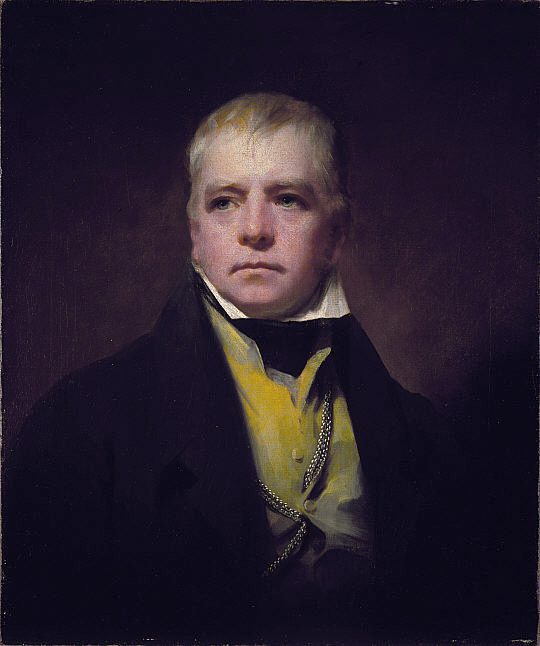
Probably due to a lack of scholarly rigor, for most of the Romantic period, “handfasting” was erroneously believed to be a kind of trial marriage, lasting for a year and a day. Even though the Vikings were known to have had long engagements, the “year and a day” reference can only be traced back as far as an 1820 supernatural historical romance, Walter Scott’s The Monastery.
“We take our wives, like our horses, upon trial,” says a character in the novel, set in 16th-century Scotland. “When we are handfasted, we are man and wife for a year and day—that space gone by, each may choose another mate, or, at their pleasure, may call the priest to marry them for life—and this we call handfasting.”
Scott probably borrowed this idea from an early 18th-century travelogue by Scottish writer Martin Martin. Even so, there’s no evidence that this practice even existed as such before being popularized by Scott’s novel, let alone that it was ever called “handfasting.”
20th century: a pseudo-Celtic tradition
Thanks to Scott, the idea that “handfasting” was an ancient Celtic tradition—a sort of a pagan trial wedding—became, by the mid-20th century, a firmly established myth. Disseminated in the 1960s by the Father of Wicca, Gerald Gardner, the myth kept growing and growing, until it eventually found its way into several Neopagan wedding traditions.
Nowadays, Neopagans use the term “handfasting” to refer not only to the supposed ancient practice of trial weddings, but also to several of their own ceremonies, ranging from provisional unions to legal marriages.
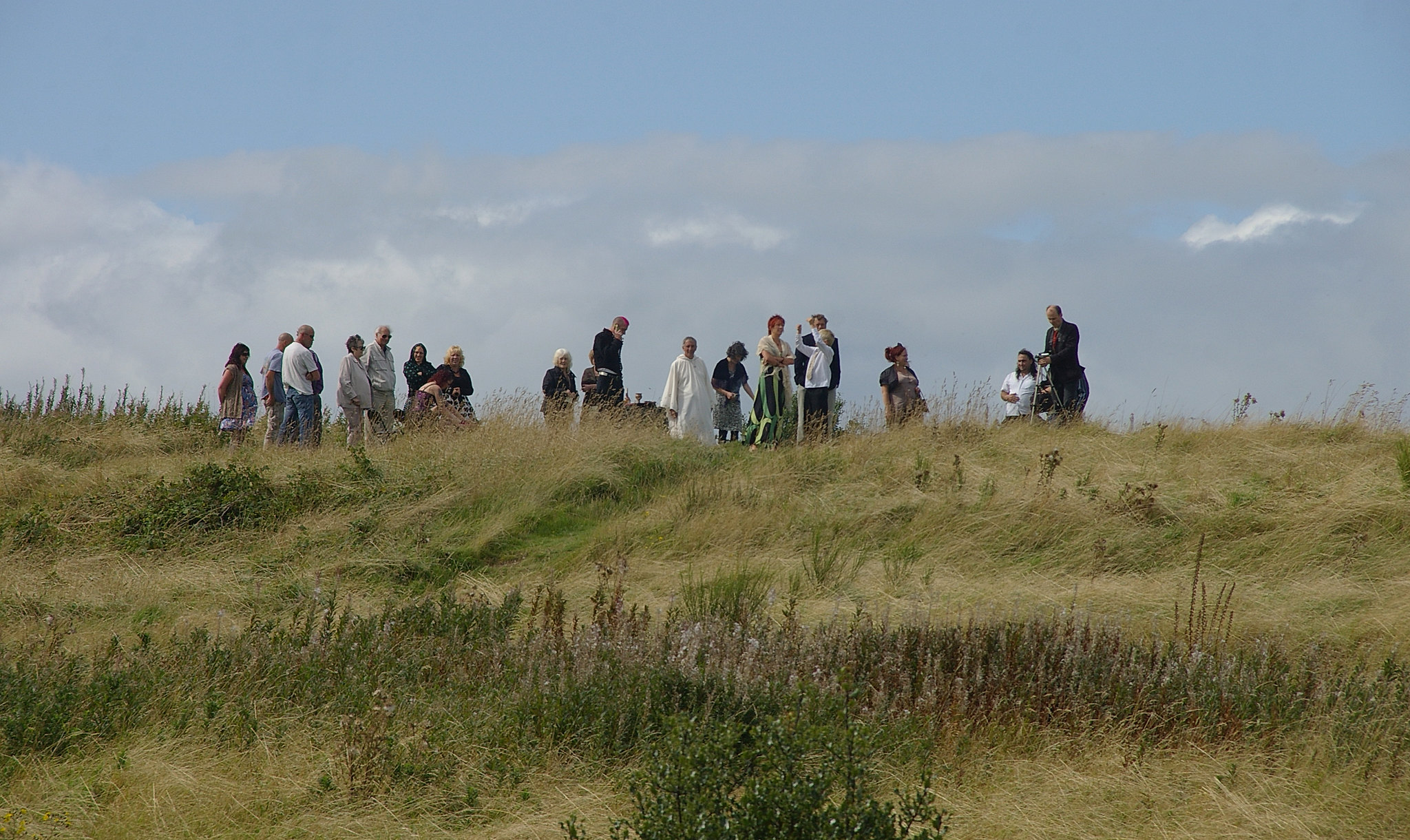
The evolution of the handfasting ceremony
Strictly speaking, there’s no such thing as a handfasting ceremony script. Ever since its beginnings in Medieval times, the handfasting ceremony was a loosely defined wedding day custom, balancing between ad hoc casualness and touching formalities; in many ways, it has remained so to this day.
Traditional handfasting ceremonies
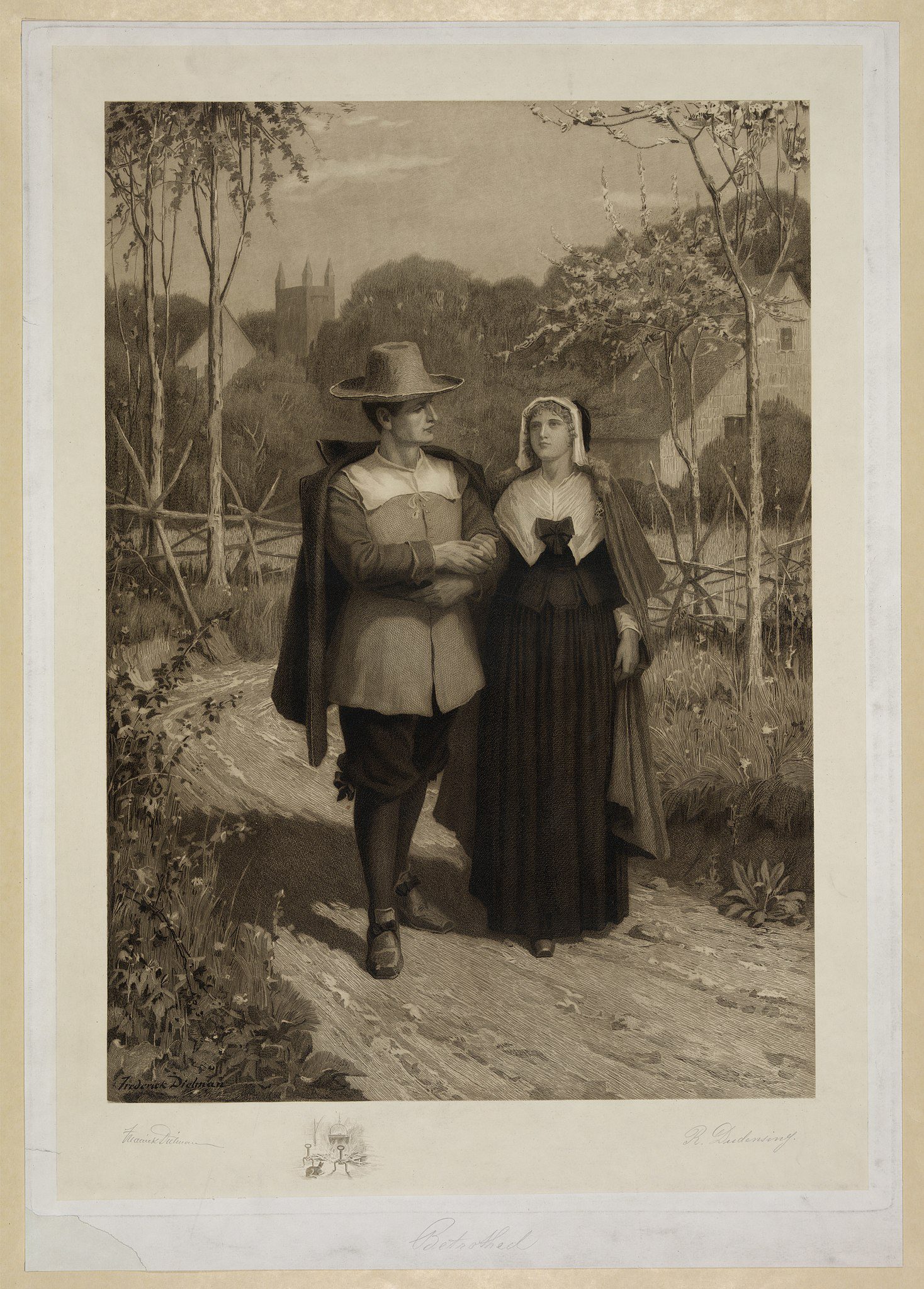
As practiced in Tudor England, a handfasting ceremony consisted of little more than a simple exchange of vows. There were no prescribed verbal formulas, but set phrases such as “With this ring I thee wed” and “Till death do us part” can be commonly found in contemporary historical documents.
It was also a standard practice for some gifts to be exchanged between the prospective spouses. Much like today, rings seem to have been the most popular choice; just as widespread was the exchange of gold coins, broken in half between the couple. Some other betrothal gifts included gloves, prayer books, and even jewels.
Handfasting frequently happened in the home of the bride, but it could take place anywhere. Witnesses weren’t necessary, but they were rarely absent. One of their tasks was to remind the couple of the binding nature of the handfasting ritual. Shakespeare did just that before instructing Bellott and Mountjoy to shake their hands and proclaim their eternal love to each other.
Neopagan handfasting ceremonies
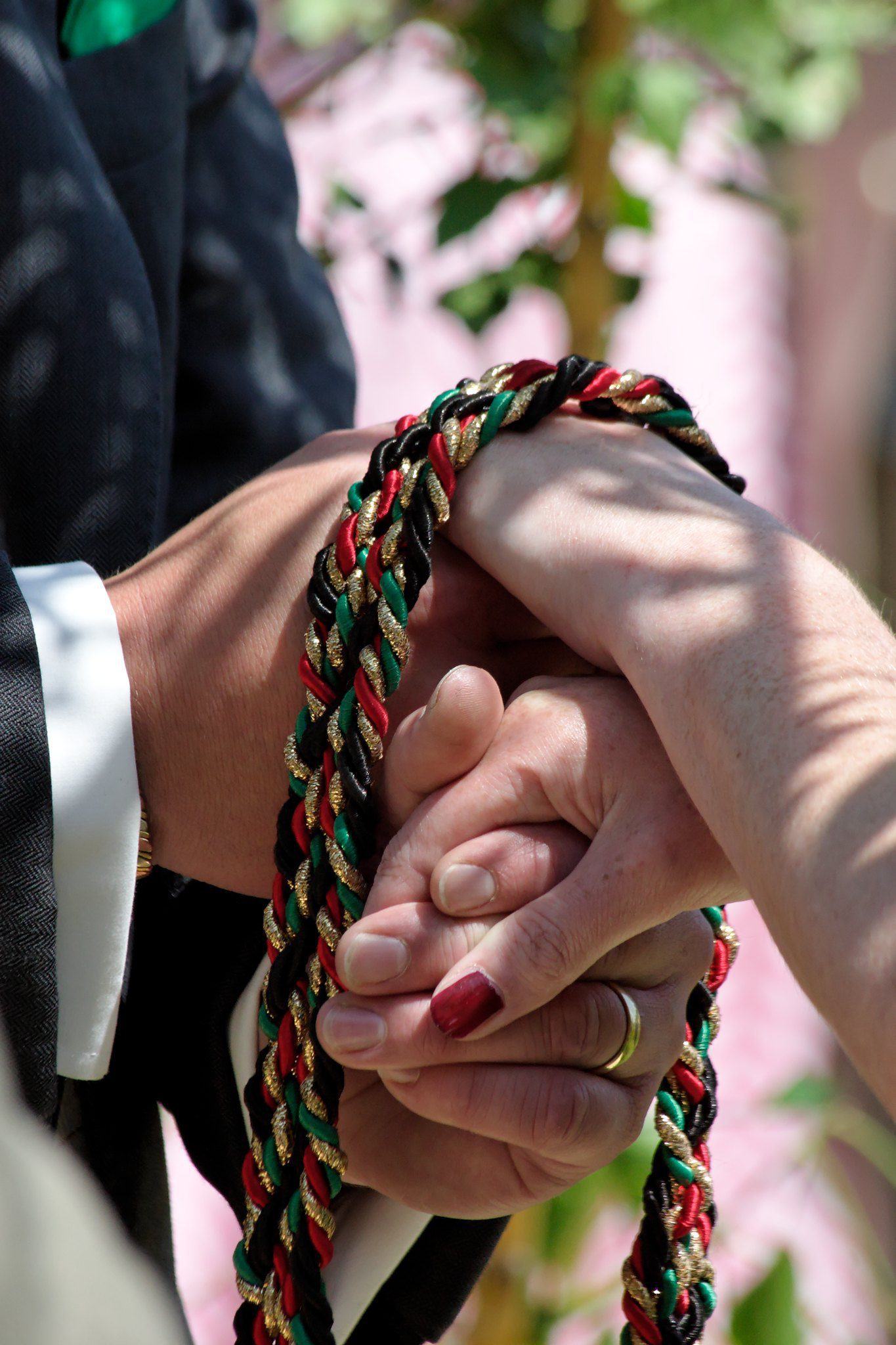
Neopagan handfastings differ substantially from traditional Christian ceremonies. In Neopaganism, the very word “handfasting” has been reinterpreted to refer to a supposedly ancient Celtic ritual in which the hands of the spouses were tied together—a literalization of the metaphorical phrase “tying the knot.” In reality, such ritual seems to have never existed in pre-Christian times.
Much like its Christian counterpart, a Neopagan handfasting ceremony is only vaguely defined. Handfasting cords make a regular appearance and constitute the essence of the symbolic unity ritual. Vows are always there, of course, and sometimes there’s also a ring exchange.
But other than that, it’s really up to the couple’s preferences—or, better yet, up to the imagination of the commercial wedding organizer!


